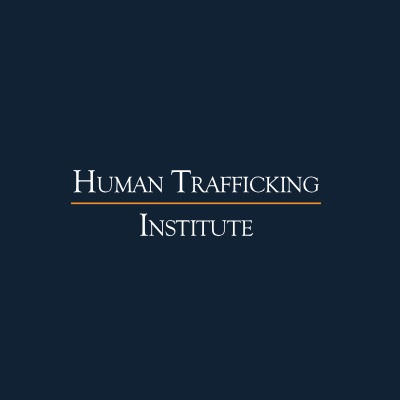Human trafficking, often dubbed as modern-day slavery, remains a grave global issue that affects millions of lives each year. To combat this heinous crime effectively, it's crucial to understand some key human trafficking facts.
Scope of the Problem: Human trafficking is a global problem. It transcends borders, impacting countries worldwide. The International Labor Organization estimates that there are over 40 million victims of human trafficking globally.
Diverse Forms: Human trafficking takes various forms, including sex trafficking and labor trafficking. Victims can be forced into prostitution, domestic servitude, forced labor in agriculture or factories, and even child soldiering.
Gender Disparity: Women and girls make up the majority of human trafficking victims, particularly in the sex trafficking industry. However, men and boys are also at risk, often subjected to forced labor and other forms of exploitation.
Vulnerable Populations: The most vulnerable are often those in dire socio-economic circumstances. Poverty, lack of education, and political instability can make individuals more susceptible to traffickers' tactics.
Methods of Coercion: Traffickers use various tactics to control their victims, including physical and emotional abuse, threats against their families, and debt bondage.
Child Trafficking: Children are especially susceptible to trafficking. UNICEF reports that one in four trafficking victims globally is a child. Child trafficking encompasses child labor, child soldiers, and child marriage.
Cyber Trafficking: The digital age has given rise to cyber trafficking, where traffickers use online platforms to exploit victims. This includes online prostitution, pornography, and forced online begging.
Global Profit: Human trafficking is a lucrative industry, generating an estimated $150 billion in illegal profits annually, making it one of the most profitable criminal activities in the world.
Global Response: The international community has made efforts to combat human trafficking, with numerous countries passing anti-trafficking laws and organizations working to rescue and support victims.
Prevention and Support: Prevention, awareness, and support are key in the fight against human trafficking.
Organizations, governments, and individuals can help by raising awareness, supporting victims, and advocating for stronger anti-trafficking measures.
Understanding these human trafficking facts is crucial in the fight against this grave human rights violation. By spreading awareness and supporting efforts to prevent and combat trafficking, we can help bring an end to this modern-day form of slavery and protect the most vulnerable in society.
For More Info:-
What Are Human Trafficking Facts





Comments